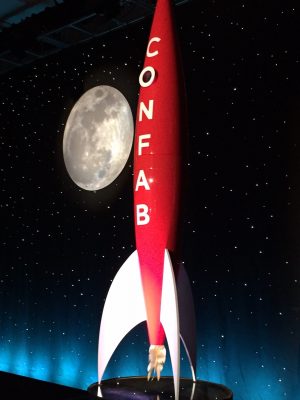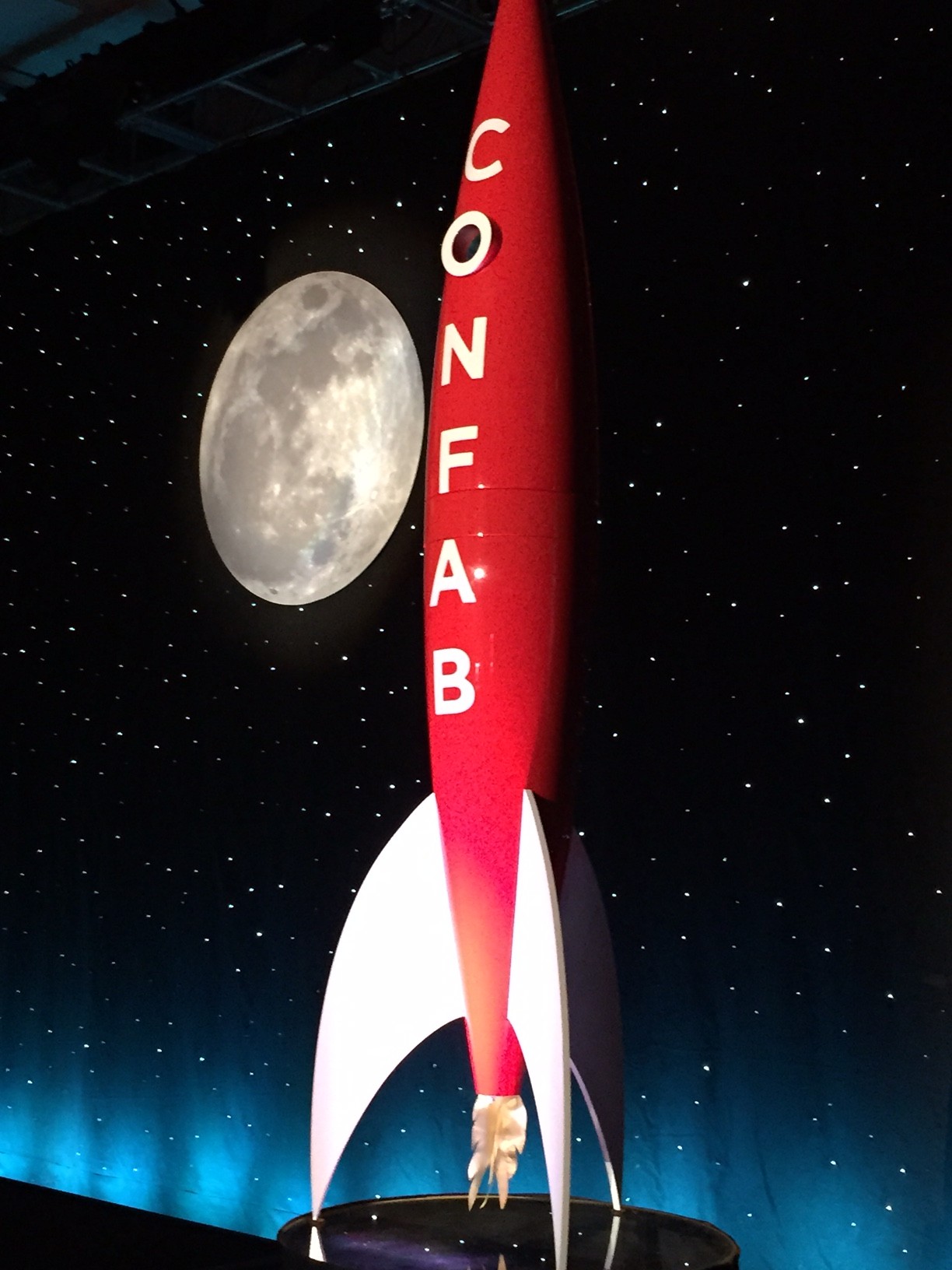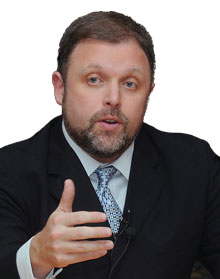 In May 2015, Lucie Amberg, Nicki Donnelson and Courtney Wendel-Stevenson traveled to the Confab Central conference in Minneapolis, Minnesota. The conference focused on content strategy, writing for the web, web design and technology. Keynote speakers included Jonathon Colman from Facebook, bestselling author Anne Lamott and Gerry McGovern from Customer Carewords.
In May 2015, Lucie Amberg, Nicki Donnelson and Courtney Wendel-Stevenson traveled to the Confab Central conference in Minneapolis, Minnesota. The conference focused on content strategy, writing for the web, web design and technology. Keynote speakers included Jonathon Colman from Facebook, bestselling author Anne Lamott and Gerry McGovern from Customer Carewords.
You may view presentation slides and watch recordings of select sessions.
Courtney’s takeaways
- The work we produce needs to be customer centric, rather than organization focused. Specifically, we need to work to understand our audiences and their needs, then create content that meets those needs.
- See Gerry McGovern and Noz Urbina for more.
- Creating a culture of openness is crucial to creating teams that are collaborative and empathetic to their clients. Outwardly empathetic teams are characterized by their authentic desire to understand their clients’ needs. This better positions them to ask the right questions in order to uncover latent problems, for which they can deliver creative solutions.
- See Rebekah Cancino for more.
- Managing feedback is challenging, but knowing how to approach it can help make your work more successful. Some of Margo Stern’s tips:
- Grounding your content in context is crucial. When you submit content for review, provide context to give reviewers a better framework of understanding. Otherwise, it’s anyone’s game.
- Rank stakeholders. Know whose feedback is most important and revise thoughtfully.
- When given challenging directives, ask the person: “Can you tell me more about the problem you’re trying to solve?”
- If 85% of your work makes it, that’s pretty good. Let the last 15% go.
- View Courtney’s #ConfabMN Twitter feed.
Nicki’s takeaways:
- Project management takes time. If you don’t have time to plan, you don’t have time for the project.
- Budget for it, round up, then add 20% to the total project time. This sets you up for a realistic plan for success.
- Check out tools like TeamGantt
- Marketing should be about differentiation.
- What makes you better/different?
- Talk about how that fulfills a need – hopefully in an emotional, storytelling style – to help move your audience to action.
- Don’t feature dump.
- Ask yourself: What is the basic group of things we can do to make a change? Start there.
- Don’t wait until it can be done perfectly.
- Good design today is better than great design tomorrow.
- View Nicki’s #ConfabMN Twitter feed.
Lucie’s takeaways:
- Watch out for the “cult of volume.” Many organizations are generating and distributing too much content, and such excessive content creates a barrier to effective content.
- When working with clients, start by identifying what the target audience needs. Then help the client develop content that meets those needs.
- Take a minimalist approach – which isn’t the same as simply shortening text. Minimal content is as long as necessary to meet your audience’s needs and to accomplish your purpose. But no longer.
- Check out Marcia Riefer Johnston on Writing Tight(er)
- Be wary of over explaining.
- Attention spans are decreasing while competition for our audience’s attention is increasing.
- Stay slightly ahead of your audience; otherwise you risk losing their attention.
- View Lucie’s #ConfabMN Twitter feed.



 When you open the “Mark It Day”
When you open the “Mark It Day” 